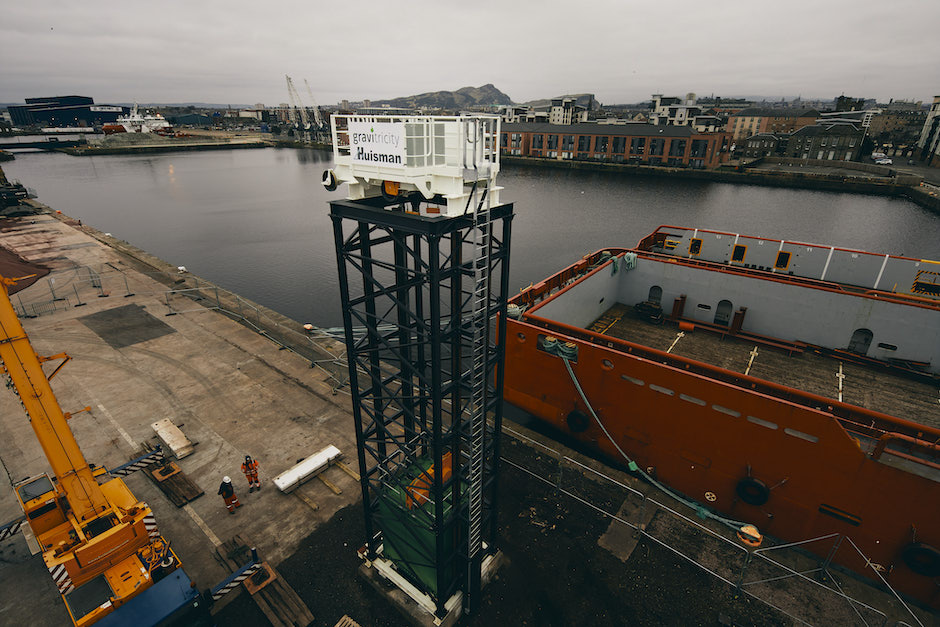Gravitricity reveals underground hydrogen storage plans
Energy storage specialist Gravitricity has announced plans to add hydrogen and heat storage to its underground gravity energy system.

The Edinburgh-based company describes its mission as to accelerate the global transition to 100 per cent renewable energy, and to get the technology out into the world to do so on a global scale.
Its patented power storage technology uses a multi-weight system to store and release energy. This is done by suspending the weights by cables within a deep shaft, with electrical power able to be absorbed or generated by raising and lowering the weights.
Managing director Charlie Blair said the long shelf and cycle life of the technology is core to the company’s proposition. “The USP for the power storage is definitely longevity, and longevity is something that’s not going away — we’re building something that lasts for 25 to 50 years,” Blair said.
Register now to continue reading
Thanks for visiting The Engineer. You’ve now reached your monthly limit of news stories. Register for free to unlock unlimited access to all of our news coverage, as well as premium content including opinion, in-depth features and special reports.
Benefits of registering
-
In-depth insights and coverage of key emerging trends
-
Unrestricted access to special reports throughout the year
-
Daily technology news delivered straight to your inbox










Water Sector Talent Exodus Could Cripple The Sector
Maybe if things are essential for the running of a country and we want to pay a fair price we should be running these utilities on a not for profit...